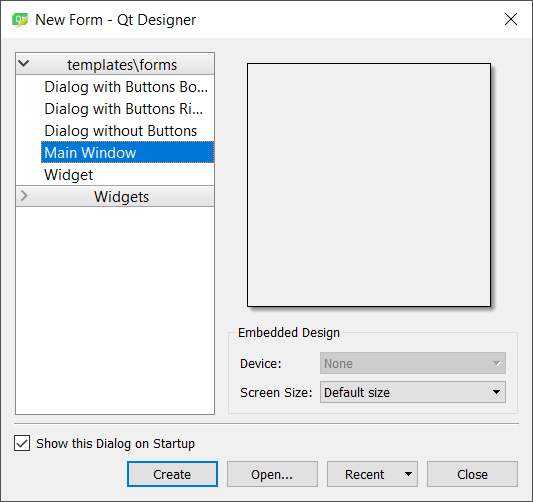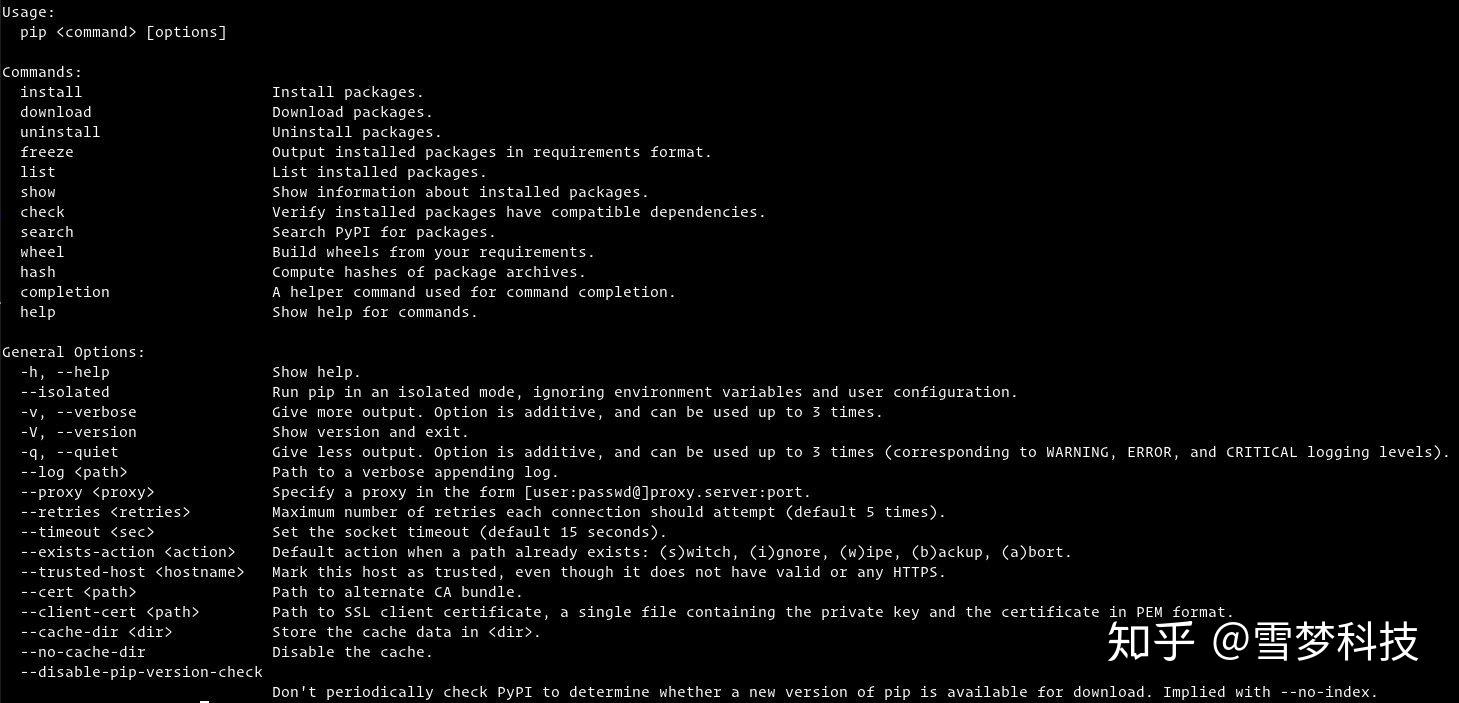

- INSTALL PYQT5 WINDOWS PYTHON 2.7 HOW TO
- INSTALL PYQT5 WINDOWS PYTHON 2.7 INSTALL
- INSTALL PYQT5 WINDOWS PYTHON 2.7 UPGRADE
- INSTALL PYQT5 WINDOWS PYTHON 2.7 DOWNLOAD
This applies to all enums and flags, including those in the QtCore.Qt namespace. In PyQt6 all enum members must be named using their fully qualified names. The change mostly likely to impact your projects is the removal of the short-form names for enum members. After reading this, you should be able to take any PyQt5 example online and convert it to work with PyQt6.
INSTALL PYQT5 WINDOWS PYTHON 2.7 HOW TO
Let’s get acquainted with a few differences between the two versions to know how to write code that works seamlessly with both. For most however, you will need to account for changes in both PyQt and Qt itself. For some applications, just renaming the imports from PyQt5 to PyQt6 will be enough to convert your application to work with the new library.
INSTALL PYQT5 WINDOWS PYTHON 2.7 UPGRADE
The upgrade path from PyQt5 to PyQt6 is fairly straightforward, with one main gotcha. The first version of PyQt6 was released on January 4th, 2021, just one month after the release of Qt6 itself.įor more information on the differences between the latest versions of the two bindings, take a look at PyQt6 vs PySide6. The former is developed in-house by The Qt Company while PyQt is developed independently by Riverbank Computing Ltd. There are two Python bindings: PySide and PyQt. Qt is a GUI framework written in the C++ programming language created by Trolltech, now developed by The Qt Company. In this article we'll look at the main differences between PyQt5 and PyQt6, benefits of upgrading and problems you might encounter when doing so. Tick Override high DPI scaling behavior and choose System from the dropbox.If you are already developing Python GUI apps with PyQt5, you might be asking yourself whether it's time to upgrade to PyQt6 and use the latest version of the Qt library.Then, you want to go to the Compatibility tab and click on Change high DPI settings.To adjust the settings, you can right-click on the QtDesigner icon (you should pin it to the taskbar!) and go to the Properties tab.If your system is running on high-DPI your QtDesigner could look very small.The first line should be This program uses Qt version 4.8.7. You can verify that the version you are using is PyQt4 by going to Help > About Qt on the application bar menu. Type designer on the command line to start designer.exe (Note: if you had a command line open while updating your path, you first need to close it so the changes can take effect).Finally you will need to move it above the python scripts.Then you need to add the location to your path.It should be in the Lib\site-packages folder as in the example below C:\Users\\AppData\Local\Programs\Python\Python37\Lib\site-packages\PyQt4 First you need to search for the location of designer.exe in the PyQt4 folder.If you are going to use designer or pyuic from PyQt4 with the command line you will need to add the path to PyQt4 folder to your path and probably move it over the python scripts so it gets read first.The path will probably be the downloads folder C:\Users\\Downloads. You can also check the thread on StackOverflow. To know your Python version you can type on the command line python -VV (Double -V argument gives more info on the vesion). Example, if you are running Python 3.7.3 32-bits you should choose PyQt4‑4.11.4‑cp37‑cp37m‑win32.whl. Choose your package according to your Python version.
INSTALL PYQT5 WINDOWS PYTHON 2.7 DOWNLOAD
INSTALL PYQT5 WINDOWS PYTHON 2.7 INSTALL
pip install pyqt5-tools this will install the designer.exe in your Scripts folder.


pip install PyQt5 this will install PyQt5.Verify that you have not installed PyQt before pip list.Verify that python is installed and runnning by typing python -version on the command line.Works with Python 3.7.3 32-bit and Python 3.7.3 64-bit (tested) Installing Installation guide to PyQt4 and PyQt5 on windows 10.


 0 kommentar(er)
0 kommentar(er)
